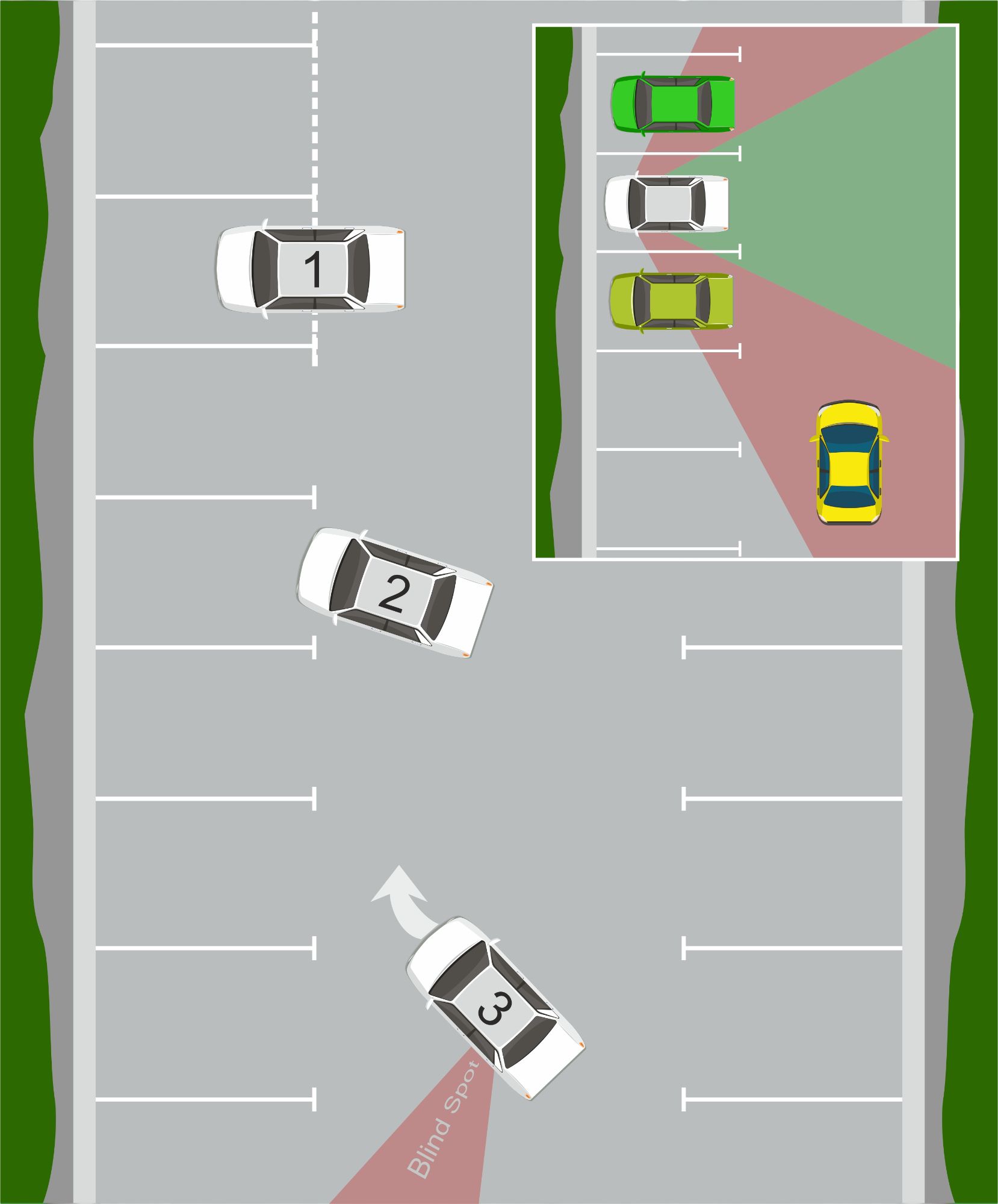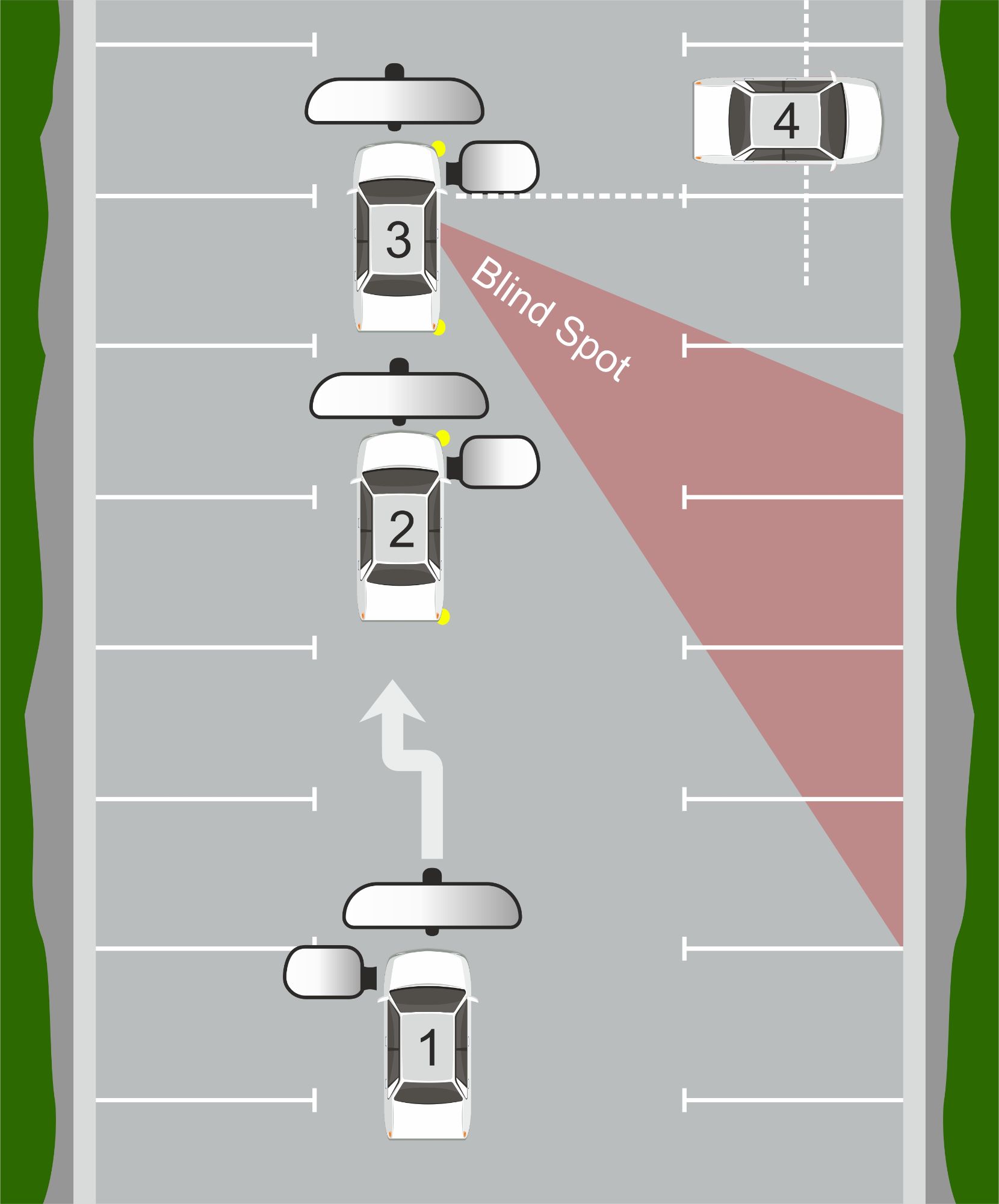Forward Bay Parking
What is Forward Bay Park?
What is forward bay parking?
Bay parking is being able to safely drive your car into a parking space.
It might sound like a simple, everyday part of driving but for some motorists the prospect can be daunting at first.
There are two types of bay parking:
- Reverse bay parking — this is when you reverse into a parking bay and then drive out.
- Forward bay parking — which sees you drive into a parking bay and then reverse out.
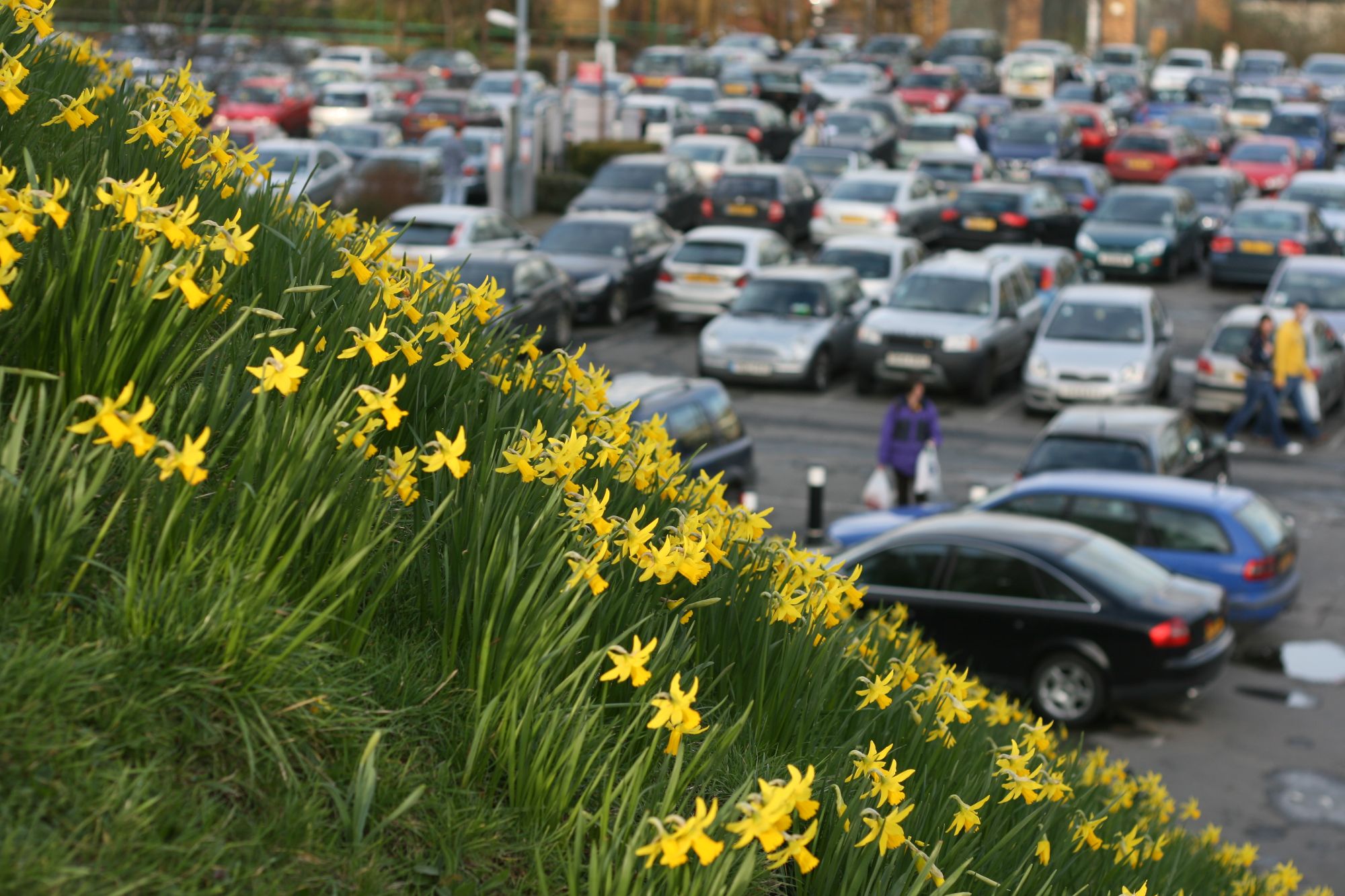
SEE OUR GUIDE TO FORWARD BAY PARKING
Why do I have to learn how to bay park?
Why do I have to learn how to bay park?
If you ever want to use any of the UK’s thousands of car parks that use bay parking spaces, you’ll need to learn how to not only safely enter a parking bay, but also how to exit one too.
Since December 2017, front and reverse bay parking has also been included as one of the three possible manoeuvres in the practical driving test for learner drivers,
Examiners could ask participants to undertake a reverse or forward bay park, so it should be something you practice a lot of before taking your practical driving test.
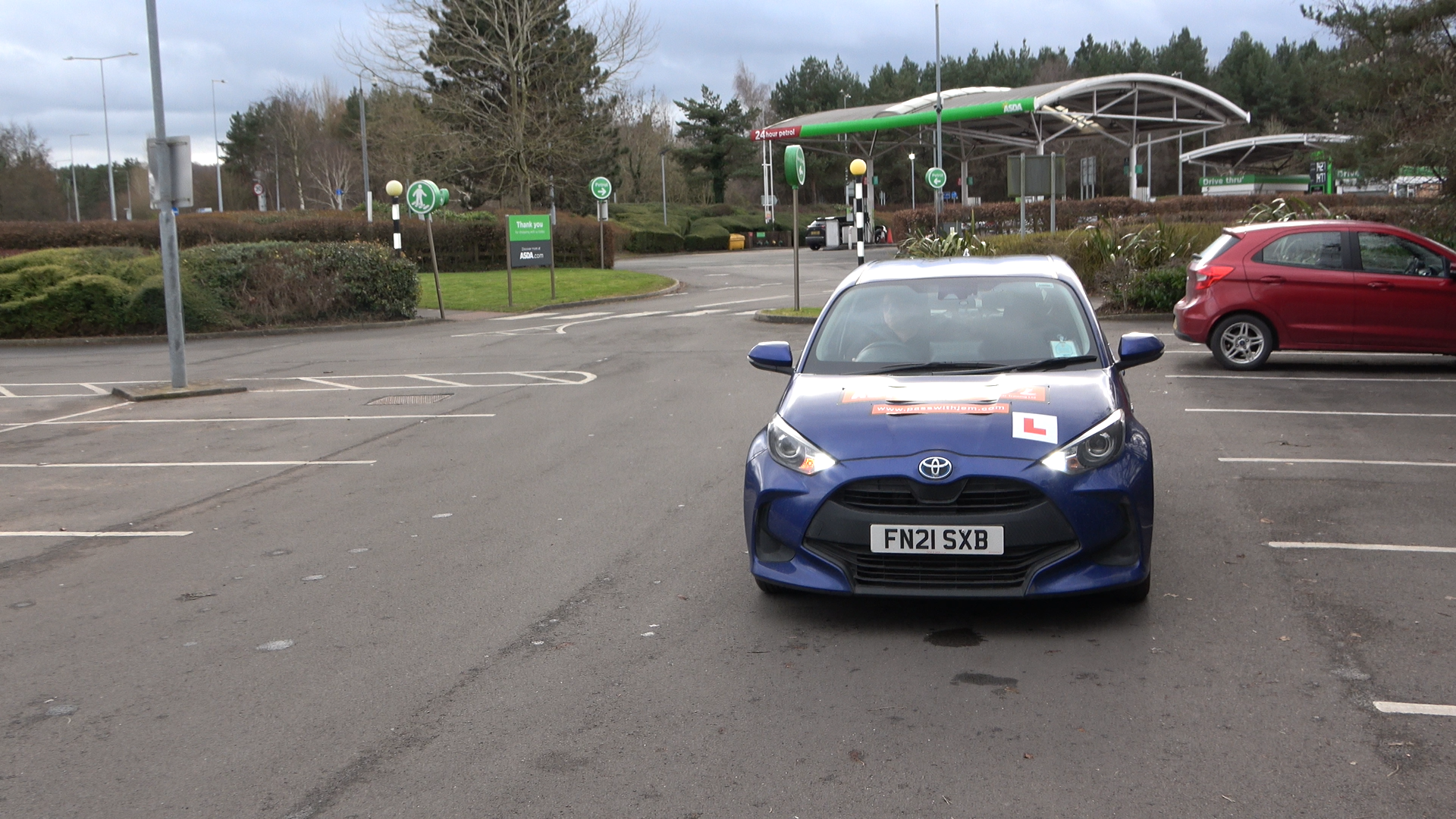

Forward Bay Parking - Where?
If you are required to carry out the forward bay parking manoeuvre, you’ll hopefully be taken to a quieter section of the car park, though practice and preparation should be taken to ensure observational skills are effective under all circumstances. Reference points make manoeuvres easier as they offer a guide on where your car is at any given time. These are provided on the forward bay reference points guide.
Three key skills are required to successfully carry out the forward bay parking manoeuvre:
- Control: Keep the vehicle under a slow, controlled speed
- Accuracy: To manoeuvre the vehicle, keeping within the lines of the bay and to reverse out
- Observation: To be aware of everything happening around you and to act accordingly
Forward Bay Park Instructions
Car Parks and Instructions Given
The forward bay parking manoeuvre will be conducted in a car park where the test candidates will have various options to choose an appropriate bay. For example, the examiner will not use car parks where only a single bay available.
The candidate will be able to choose a bay either with or without vehicles parked to the side. The instruction given by the examiner will vary depending on the layout of the car park. For example, if there are only bays on the right-side, this will be reflected in the instructions given. Essentially, you’ll be given instruction to drive forward into a bay (to either the left or the right if available) and to then reverse out, the choice of bay is for the test candidate to decide.
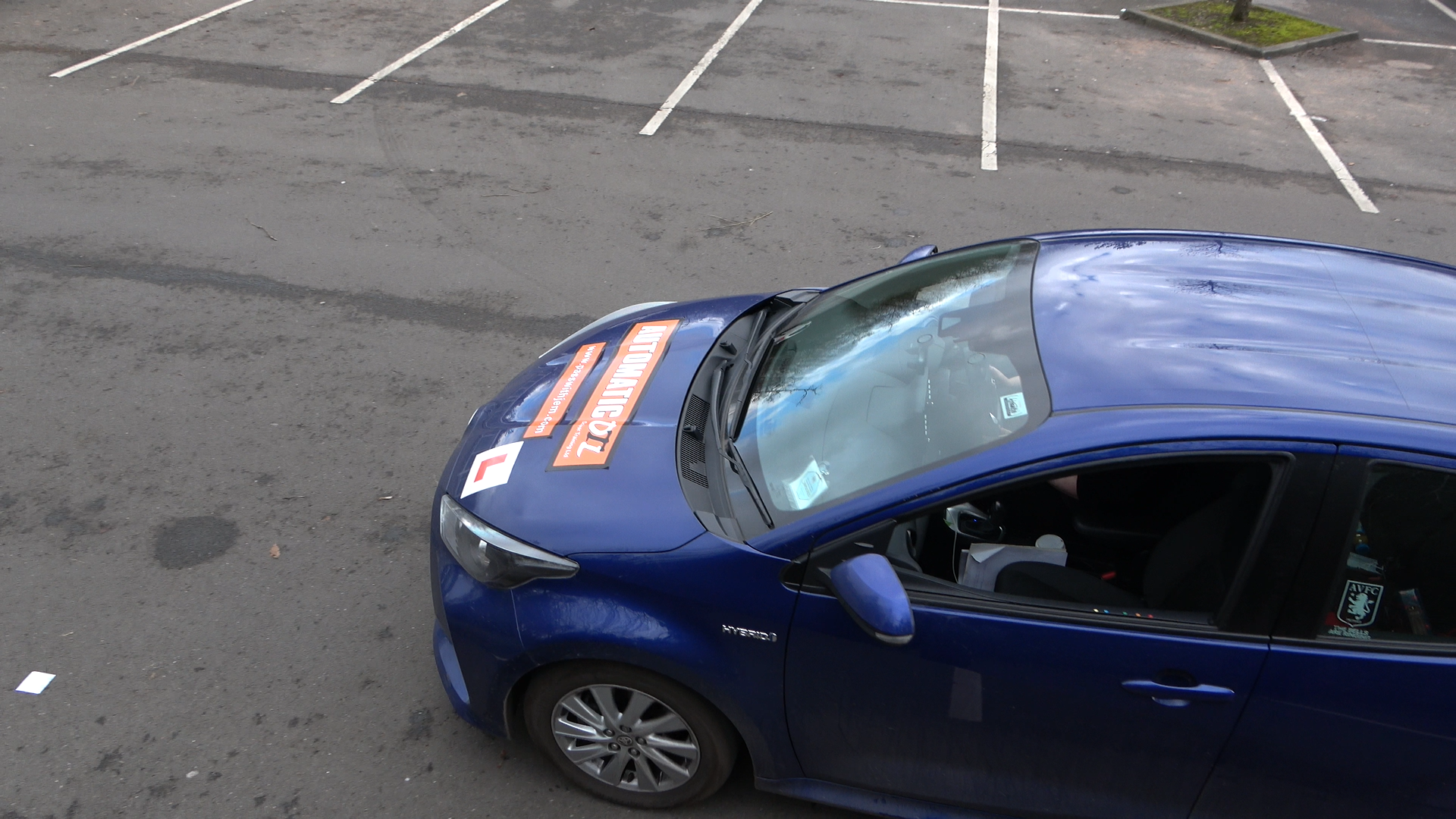

Forward Bay Parking Look and Assess
It is not enough to simply pick and empty bay and drive into it. The first thing you need to do is look and assess and decide if it is suitable.
Is it reserved for disabled drivers only? Parents and young children? More and more parking bays are reserved for those with electric vehicles, to be able to charge the car whilst they go shopping.
You need to make sure none of these apply to the bay that you are going into, not just for the test, but more and more car parks are looked after by private companies that can issue fines
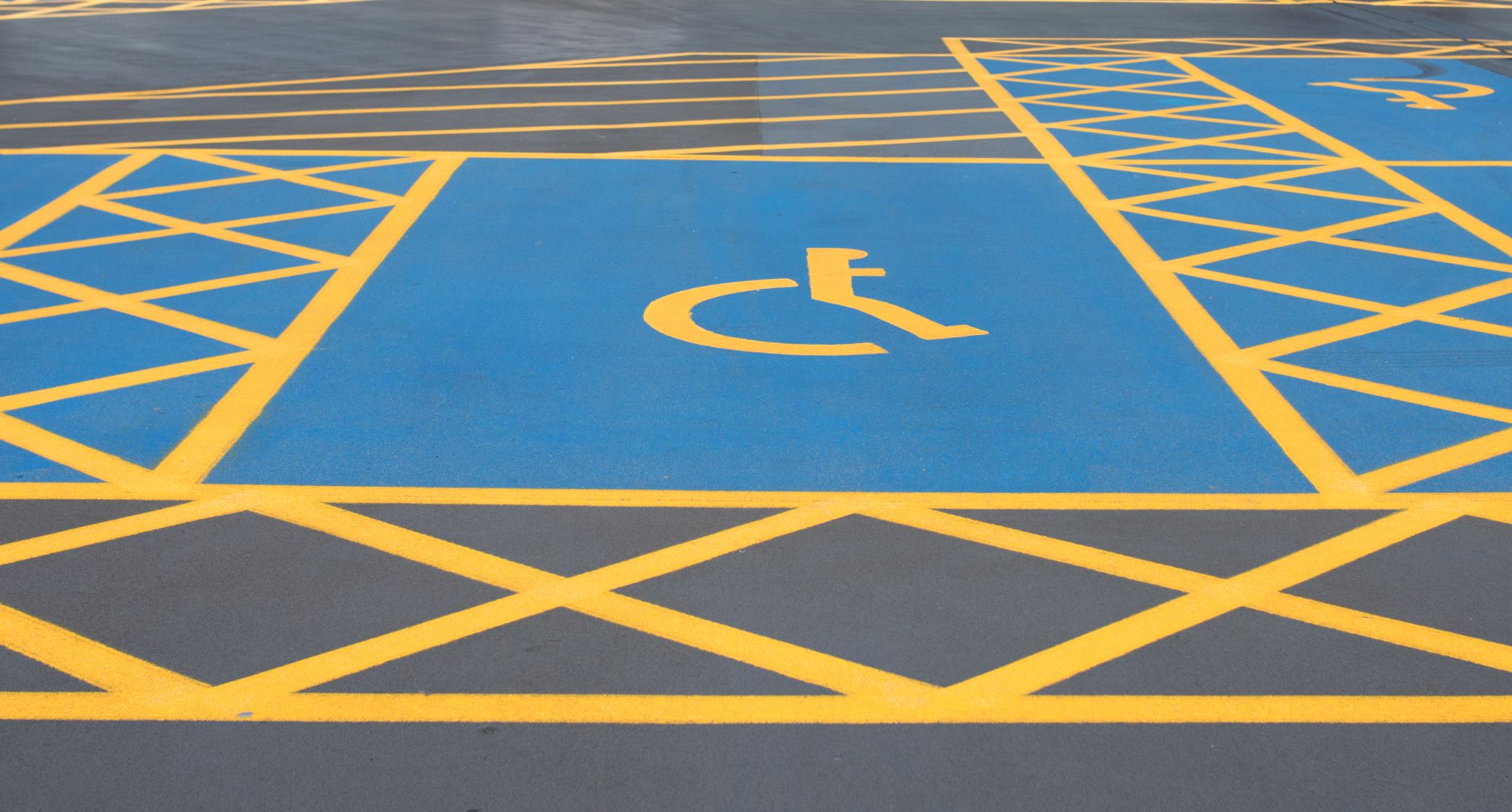
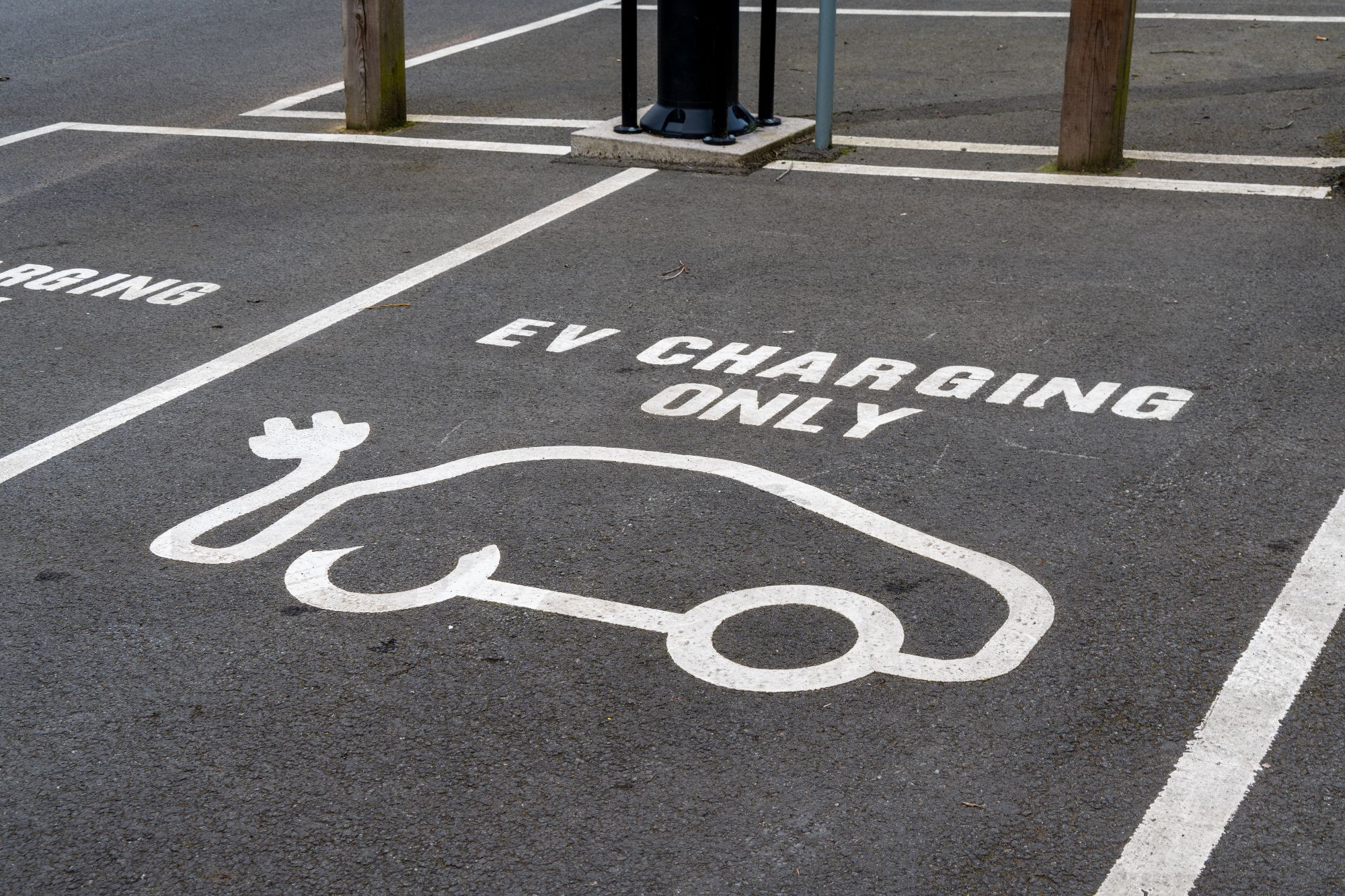
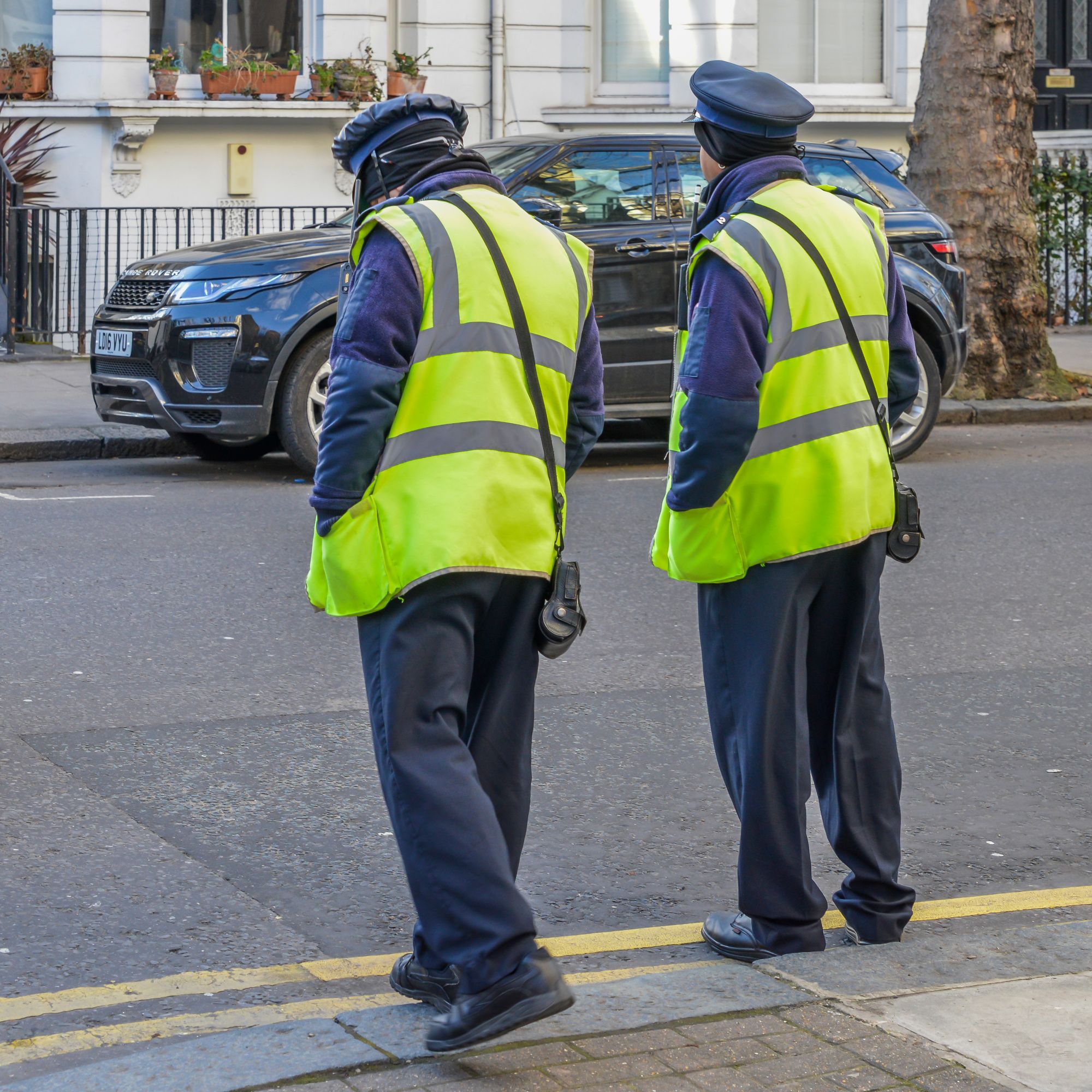
Rules for this this manoeuvre:
- You cannot drive through the first parking bay and park in the bay in front of that.
- You are still judged on - even though you may not be over the white lines,- can everyone get safely in and out of their cars
- For the reversing section of the manoeuvre, you must not reverse into any bays behind you.
- You are permitted to make corrections. For example, if you are entering a bay but feel that you may be too close or driving on one of the lines, you may reverse again, sufficiently enough to correct your position.
-
How to Forward Park into a Bay
- You may choose a bay that has cars parked either side, or to one side or that is clear of vehicles both sides. Tip: If available, choosing a bay that is clear of vehicles both sides will make observations whilst reversing far easier.
- Throughout the manoeuvre, keep the car very slow – think slow walking speed. This will allow you to remain accurate, whilst simultaneously observe and react with potential hazards around you.
- Continuously look into your mirrors and around the vehicle. If you see any pedestrians, cyclists or other vehicles approach your vehicle then stop. Wait until they are clear and have moved out of your way before continuing. Another driver may stop to allow you to continue, in this instance carry on, but first check all-round to ensure it is safe to do so.
Forward Bay Parking On The Right
Forward park into a bay – turning to the right
The further from the bay you are the easier it will be for you to accurately enter the bay. To do this, use as much of the road as possible by moving over to the left as far as you can, avoid driving over bay markings or getting too close to parked vehicles. Before you do this however, check your centre and left mirror to ensure it’s safe for moving over to the left.
It’s important that you show your intentions by signalling to the right. Before doing so, check your interior mirror followed by your right door mirror.
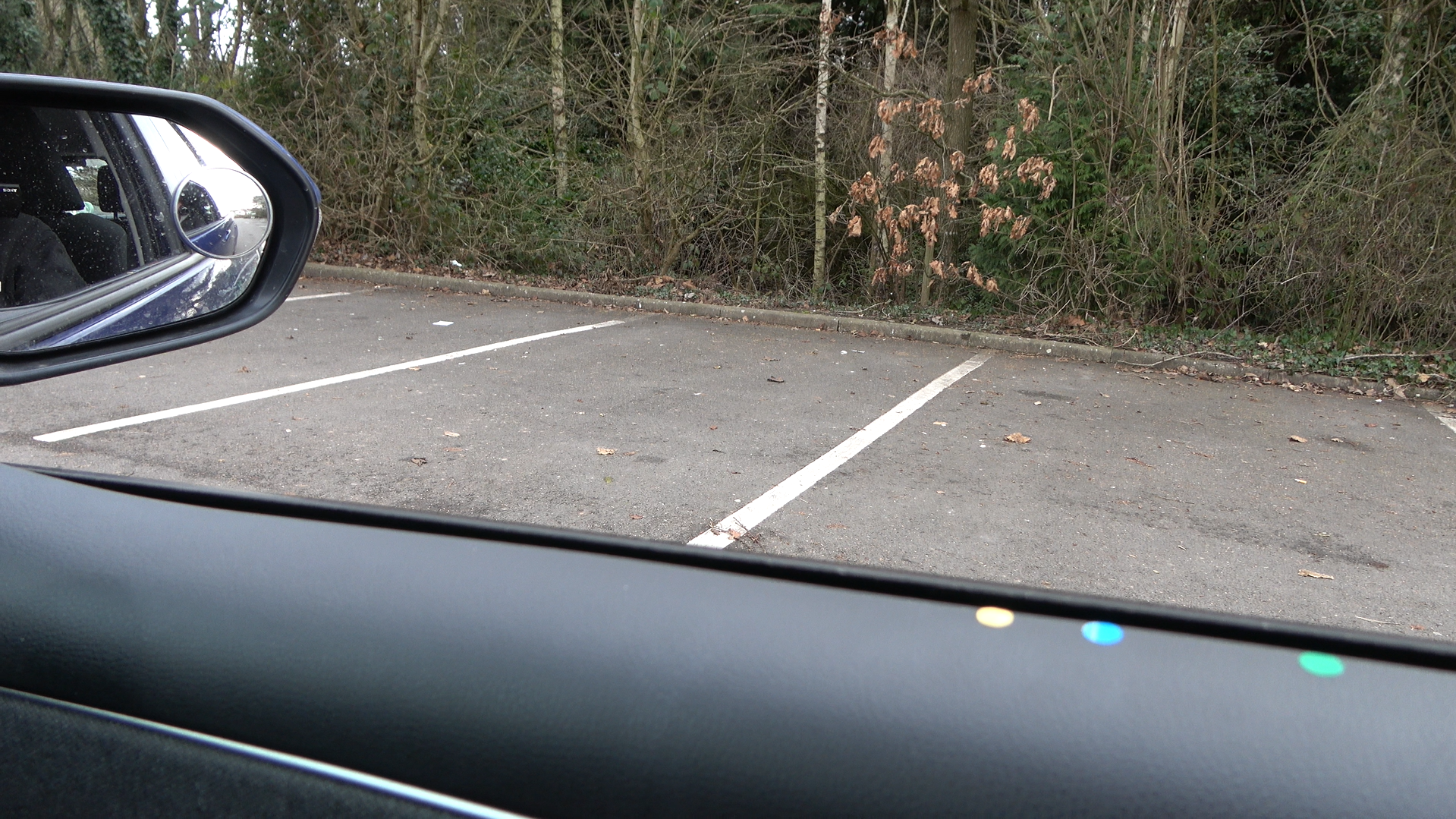
Forward Bay Parking Focal Point
You will now reach your first reference point. This reference point is also your point of turn From the bay which you intend on driving into, when the first line appears in the middle of your door mirror, stop the car (you don’t have to stop, but it slows the manoeuvre down, allowing for better observation). Now take a final look into your interior and right mirror, followed by the right blind spot. If all clear, very slowly move off and immediately steer quickly to full right lock.
Forward bay Park - Straighten the wheels
As you enter the bay, straighten up your steering when your dashboard is in line with the horizon, or something else such as a hedge or fence. In order to know where to stop, the next reference point is when the end bay kerb or line comes just under your door mirror.
When the kerb reaches this point, you will be safely in the bay. Once there, select neutral and apply the handbrake.
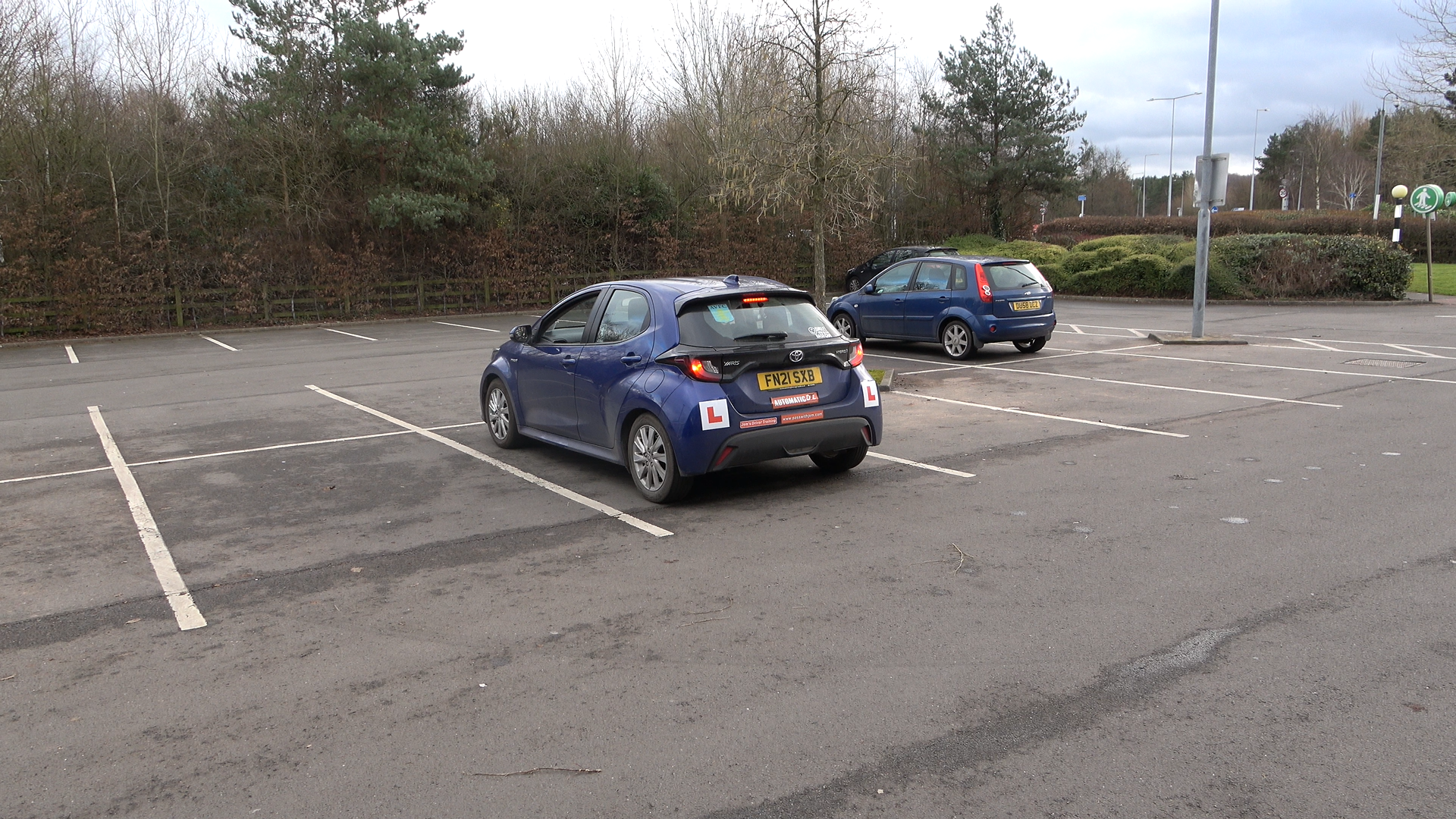
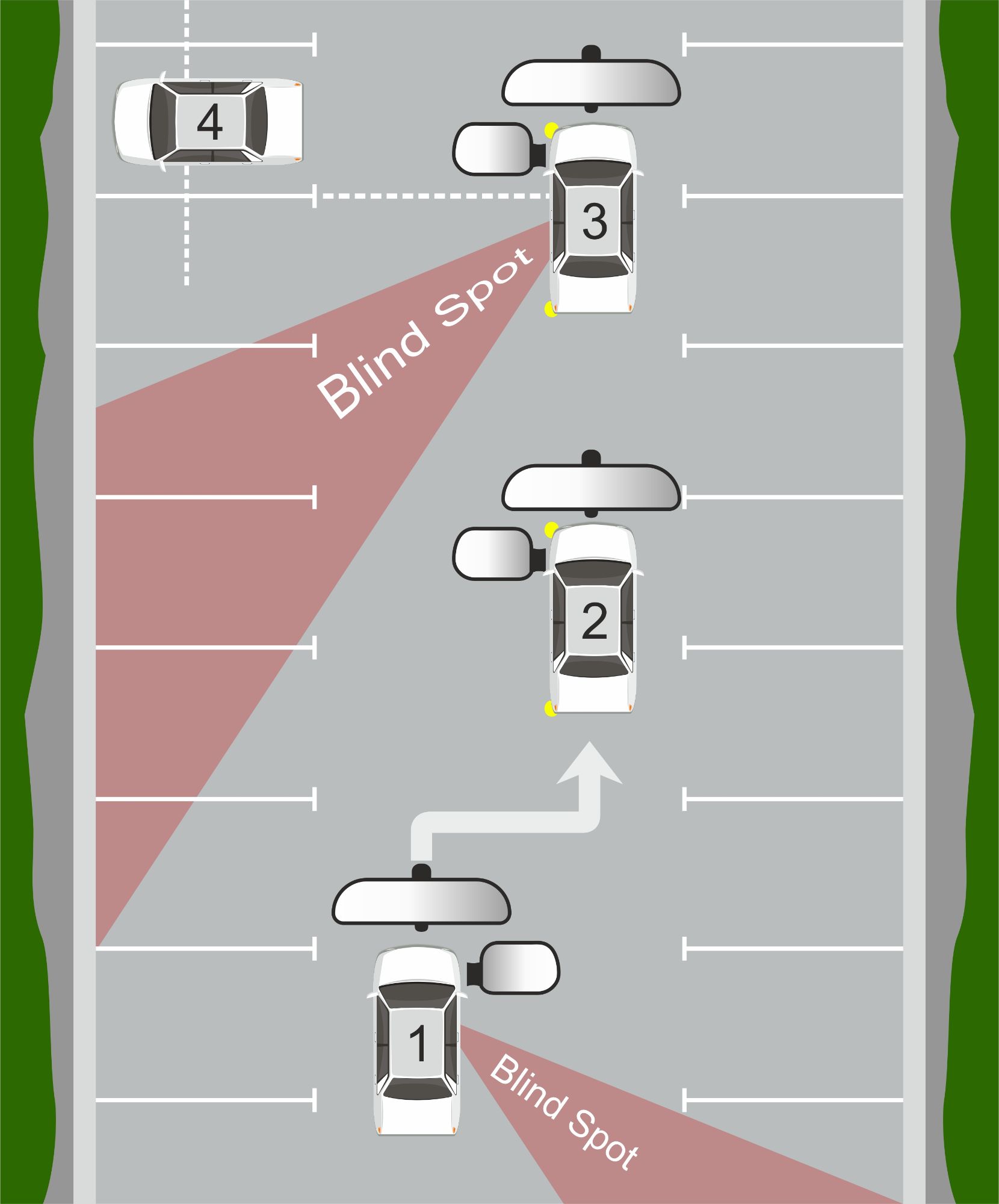
Forward Bay Parking On The Left
If you have an opportunity of parking to either the left or the right, turning right into a bay can be slightly easier due to clearer observation of the bay lines as you begin to enter the bay.
Further, turning right into a bay does not involve moving onto the opposite side of the road (against the flow of traffic) as it does with turning left into a bay.
Forward park into a bay – turning to the left
As with turning right into a bay, you’ll need to maximise the turning angle of your car. To do this, move over to the opposite side of the road before turning. Before doing so, check your interior and right mirror and the right blind spot.
Now check your interior and left mirror and signal to the left.
You will now reach your reference point and point of turn. As with turning right into a bay, stopping the car at this point slows down the manoeuvre allowing for better observation. Being on the opposite side of the road is hazardous, so before making the turn, check the interior and left mirror, followed by the left blind spot. If all is clear, slowly move off and immediately and quickly steer full left lock.
Enter the bay and wait for the end of the bay line / kerb to fall just under your door mirror as a reference point on where to stop.
Reversing Out
Some car parks, particularly those that may be of limited space may utilise a one-way system. If there are painted road arrows which dictate the flow of traffic, it’s important that you reverse in a direction that allows you to drive off with the flow of traffic.
Your view of the road that you’re reversing into can be significantly restricted, particularly if there are vehicles parked either side of you – the green shaded area of the inset image displays the limited view in which you can see of the road. It’s critical that you begin reversing very slowly, continuously look up and down the road that you’re reversing into and stop if any vehicles approach. If possible, look through the windows of parked vehicles to aid observation.
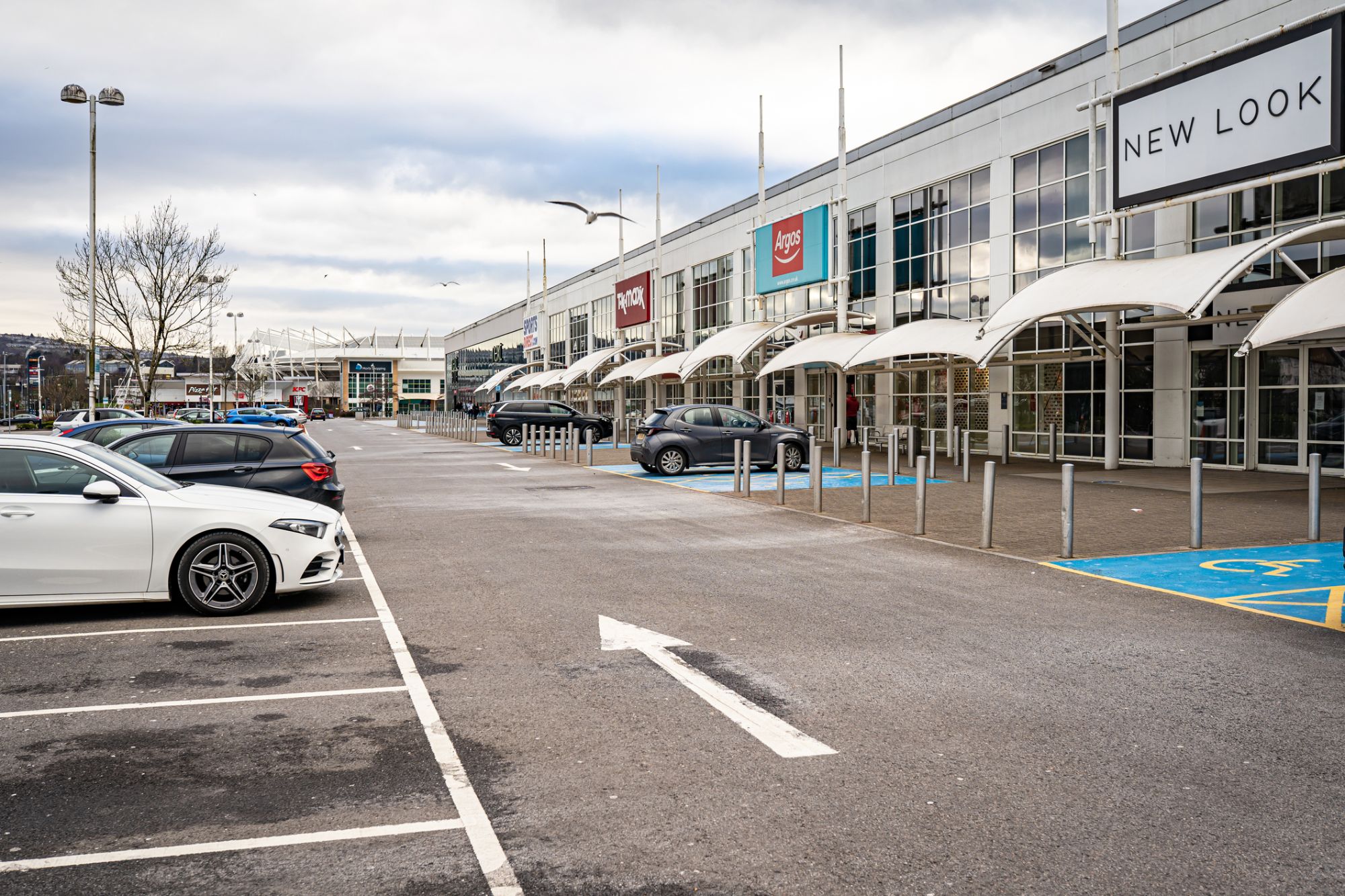
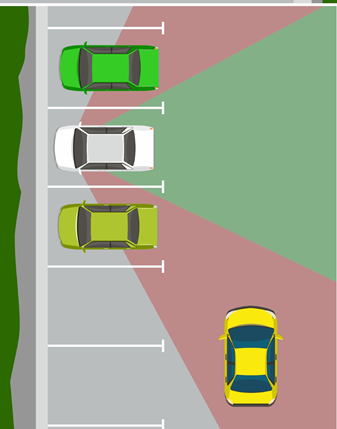
Reversing Out with very limited View
Before reversing, get the car ready to move by selecting reverse gear and hand on the handbrake ready to release. Look up and down the road that you’ll be reversing into as much as your view will allow.
If all looks clear, look in the direction of travel and begin very slowly reversing, think of a ‘crawling’ speed.
It’s essential at this point that you’re prepared to quickly stop your car. If a vehicle approaches, stop to assess their actions. They may drive around you or they may stop.
If they stop, continue with the manoeuvre. Continuously look around before moving and during. Continue to reverse straight until you reach the reference point.
Reversing Out - Cars At the Side Of You
As you begin to turn, the front of your car will swing out. It’s important that you not only observe the road you are entering, but now also the front of your car so to avoid it hitting a car parked in the bay alongside you.
At the reference point, or ‘point of turn’, turn the steering wheel half turn to either the left or the right (see forward bay park ‘reversing out’). Which way you turn depends on which way you want to reverse and drive off. For your car to reverse to the left, steer to the left and for your vehicle to reverse to the right, steer to the right. When you are confident that the front of your car is clear of vehicles parked alongside you, proceed to full lock.
Continue to reverse for a sufficient distance on full steering lock until you are confident that you have enough space to drive off. Stop the car and select first gear and before moving off, check the left side blind spot if you reversed out to the left, or the right side blind spot if you reversed out to the right. You check the blind spot before moving off to ensure there are no pedestrians, cyclists or motorcycle riders about to pass in front.
